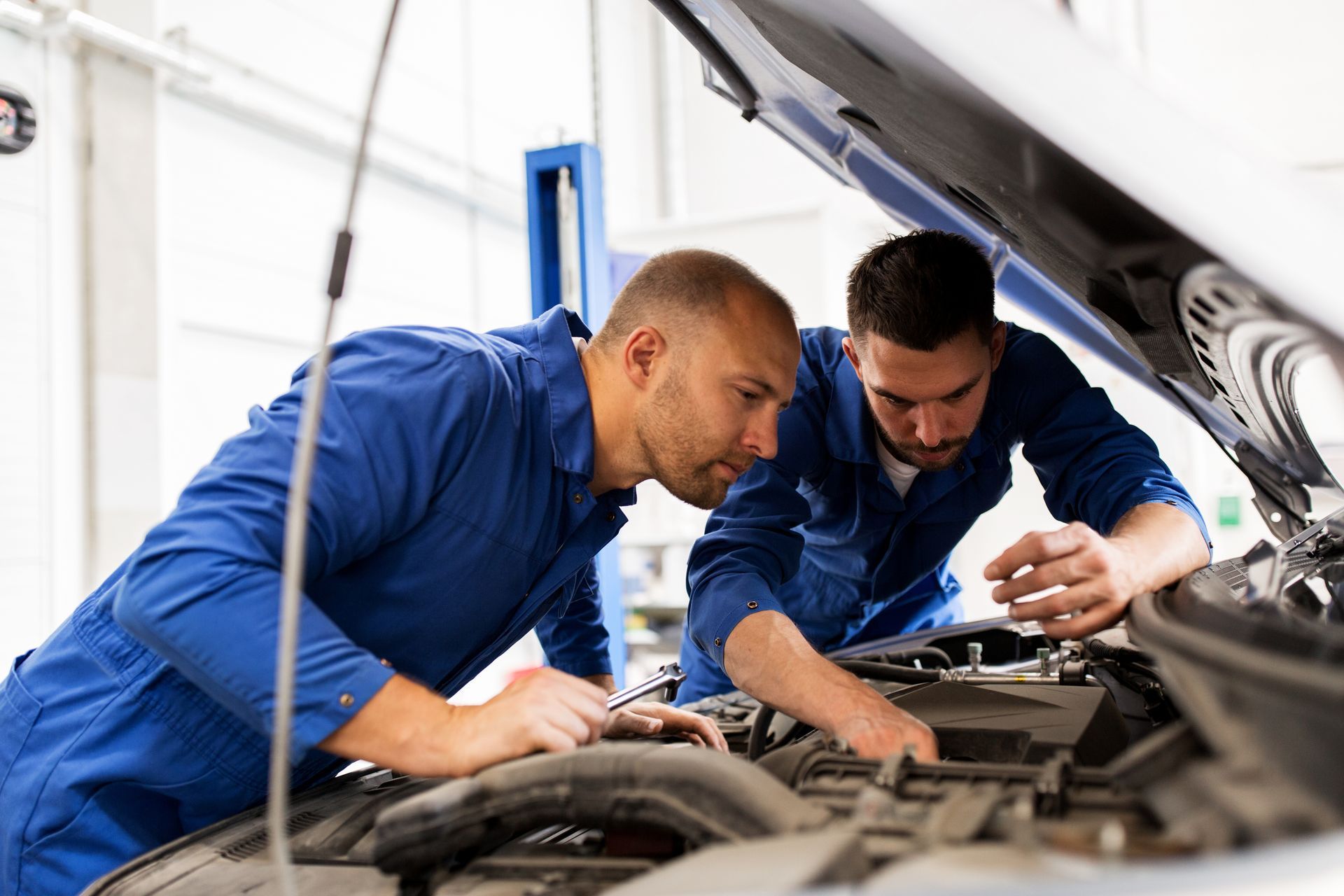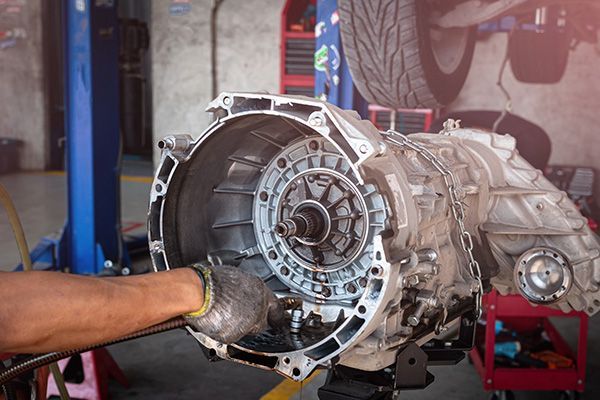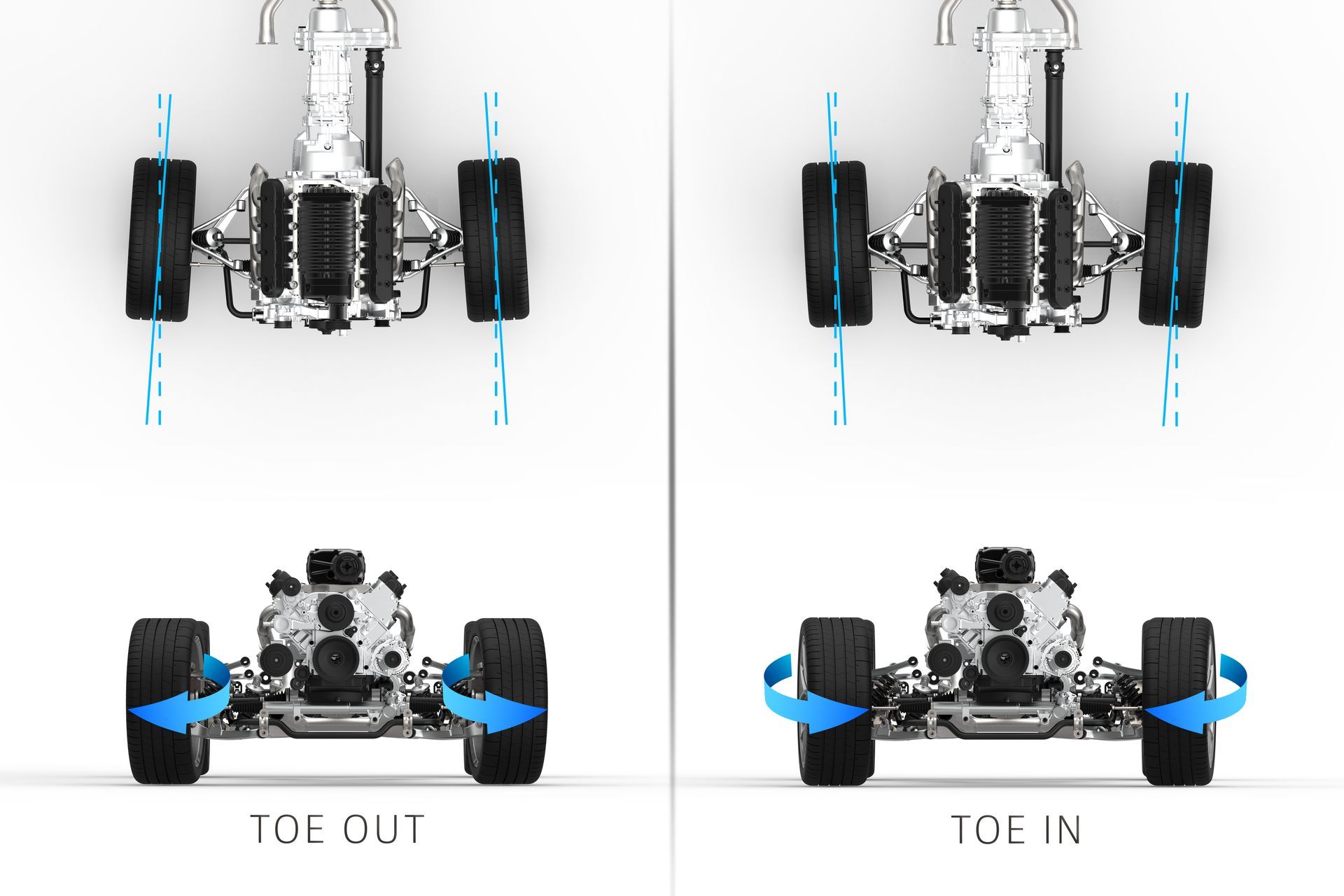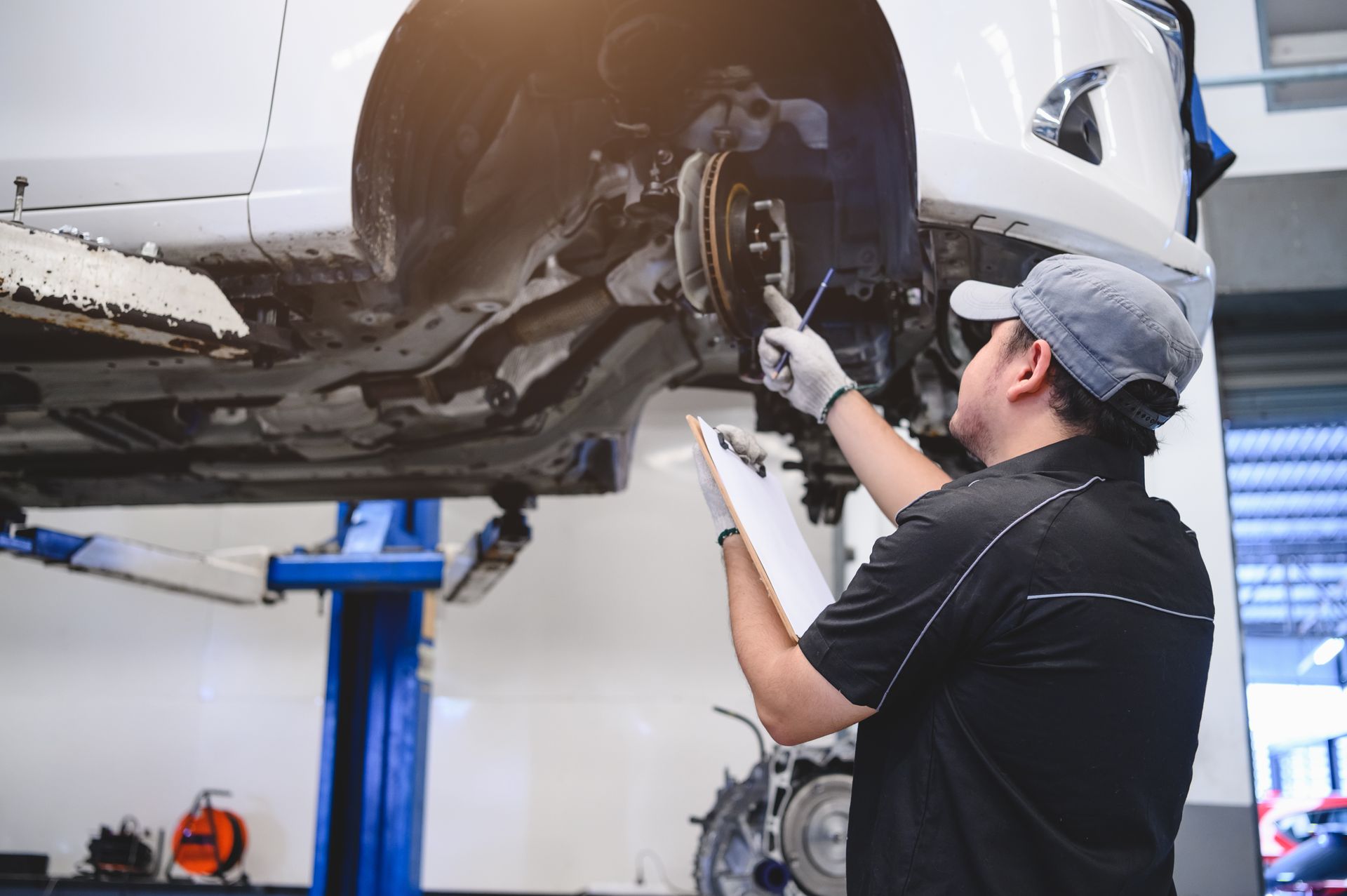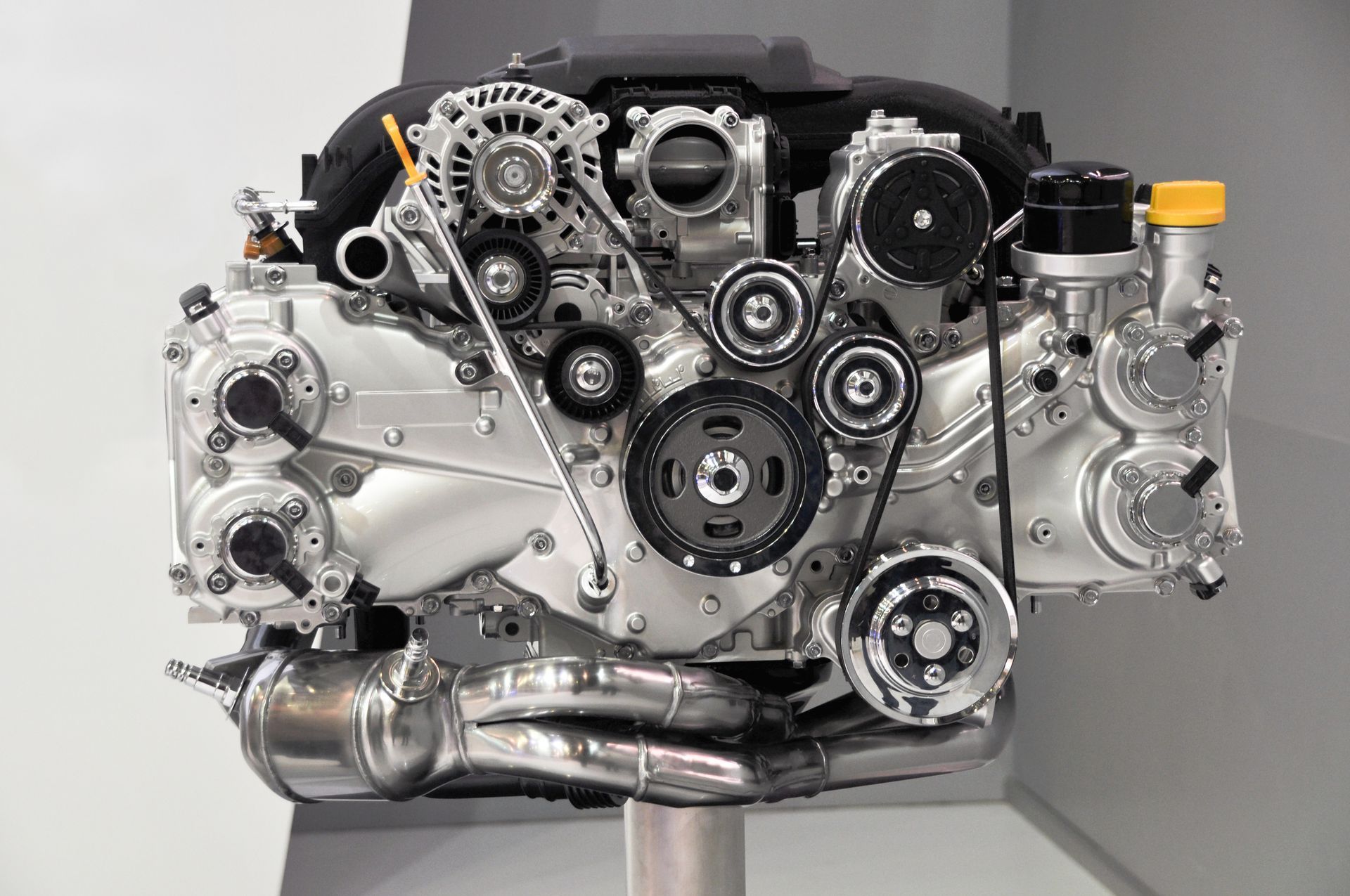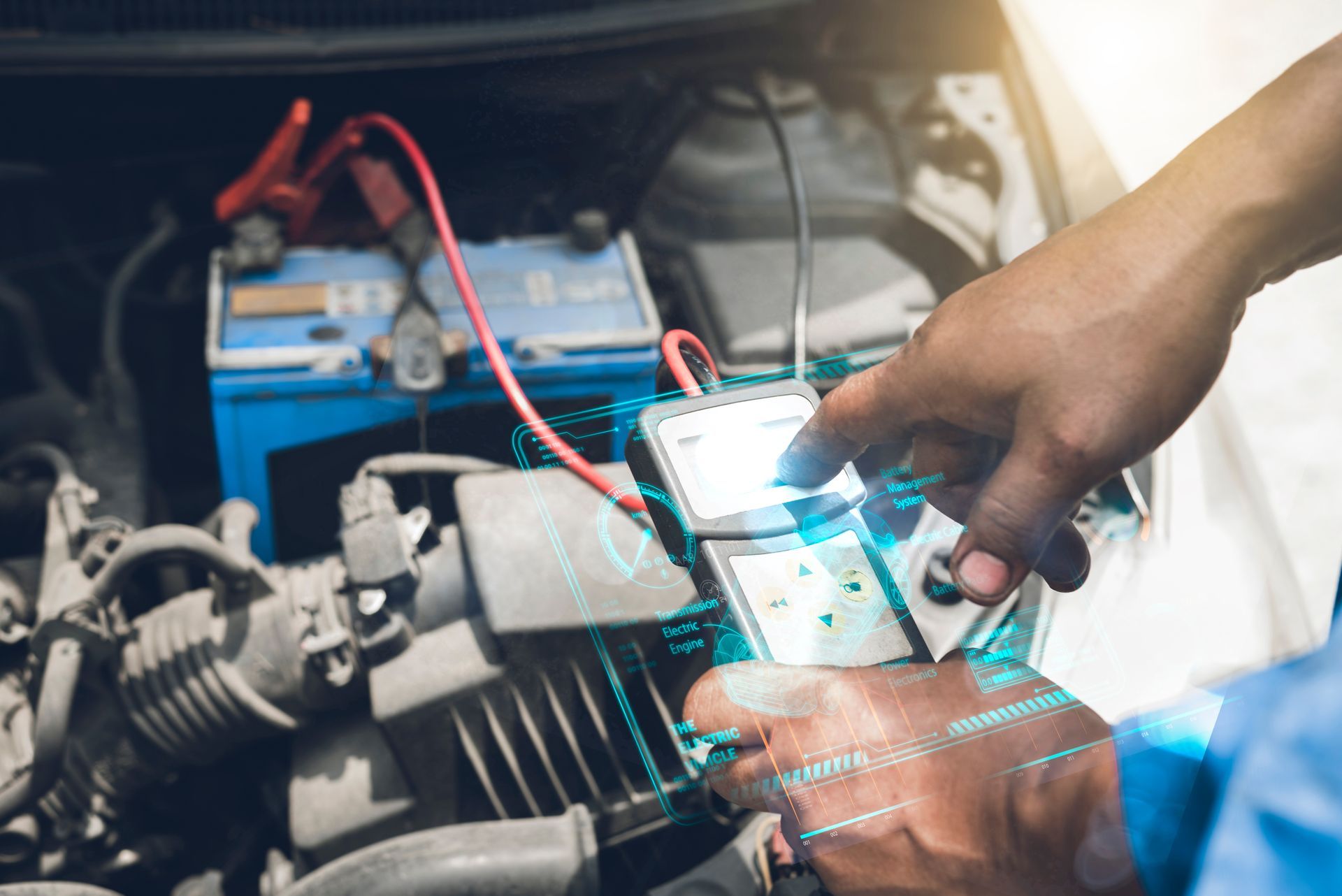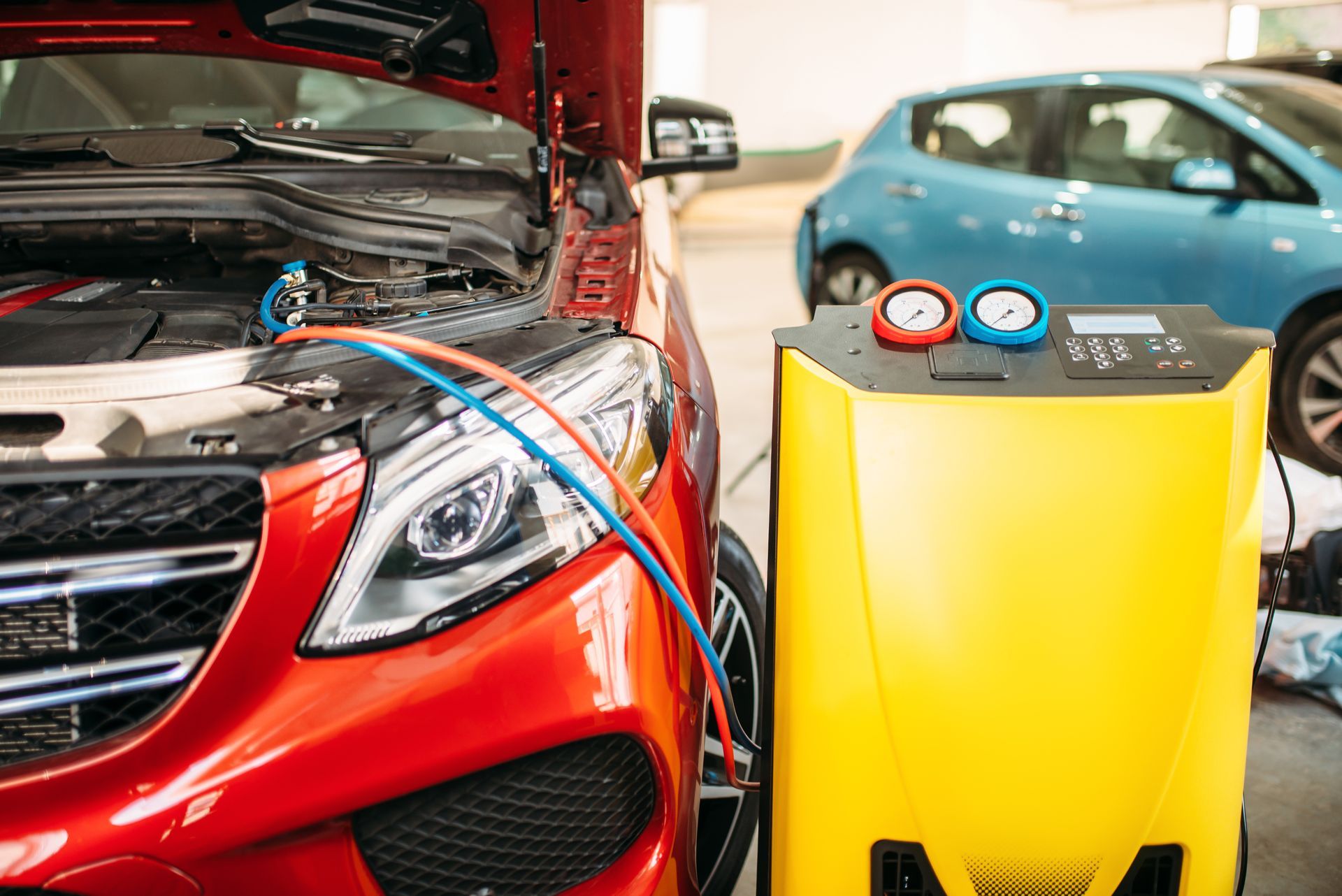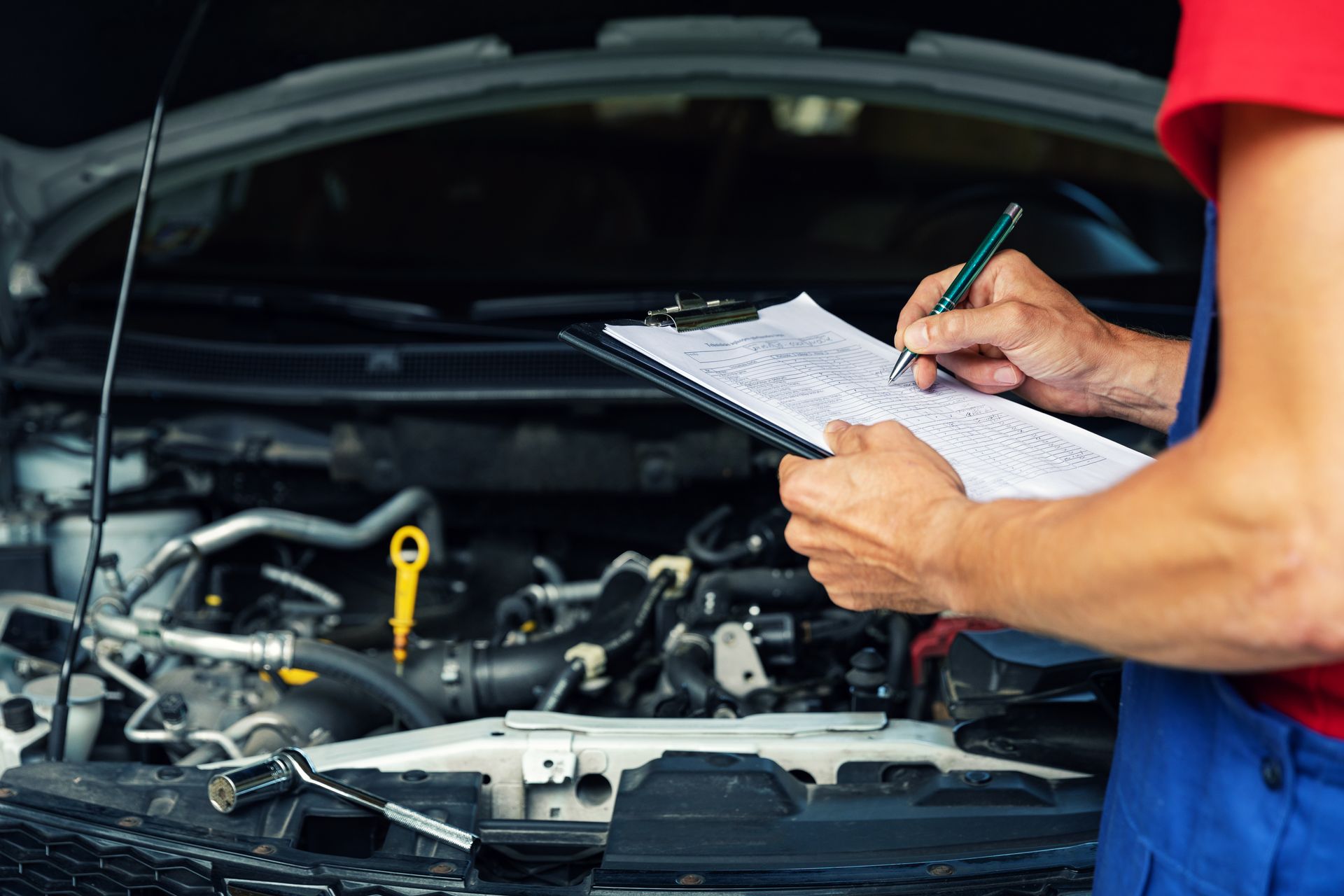Loading ...
Missing business hours data / Error occurred while getting the data.
Loading ...
Missing business hours data / Error occurred while getting the data.
Why Is My Car Bouncing and Swaying?
Ever been driving down the road and felt like your car was on a trampoline? A bouncing or swaying car isn’t just uncomfortable—it can also be dangerous. These symptoms point to underlying issues in your vehicle’s suspension system, tires, or alignment. Ignoring them could lead to more serious (and expensive) problems. Let’s see why your car might be behaving this way and what you can do about it.
The Role of Your Car’s Suspension System
Your suspension system is the backbone of your car’s stability and comfort. It’s designed to absorb shocks, keep your tires firmly planted on the road, and provide a controlled ride. When parts of this system wear out or fail, you might notice excessive bouncing, swaying, or an overall bumpy ride.
Worn-out shocks or struts are often the main culprits. Shocks and struts help dampen the motion of your vehicle after hitting a bump. If they’re worn, your car might bounce excessively, especially over uneven roads. Swaying, on the other hand, could point to problems with your car’s anti-roll bar or bushings, which help prevent the vehicle from leaning too much during turns.
Tires
Your tires can determine how your car handles. If your car feels like it’s bouncing or swaying, your tires could be to blame. Uneven wear, underinflation, or tire imbalance can cause instability.
Low tire pressure, for example, reduces the tire’s ability to absorb road impacts, making the car feel bouncy. Uneven tread wear might cause one side of the car to dip or sway more than the other. Rotating and balancing your tires regularly can go a long way in preventing these issues.
Alignment Issues
Alignment problems might not be as obvious as a flat tire, but they can wreak havoc on your car’s handling. Misalignment occurs when your car’s wheels aren’t angled properly relative to each other and the road. This can cause your car to pull to one side, feel unstable during turns, or bounce more than usual.
Potholes, curbs, or just regular wear and tear can throw off your alignment. If you notice uneven tire wear or your car feels like it’s “fighting” you when you steer, it’s worth having your alignment checked.
Don’t Forget About Ball Joints and Bushings
While shocks and tires get most of the attention, other suspension components like ball joints and bushings can also cause bouncing and swaying. Ball joints connect your vehicle’s control arms to the wheels, allowing them to move freely while keeping everything stable. When they wear out, you might hear clunking noises or notice excessive play in the steering.
Bushings, on the other hand, help absorb vibrations and reduce movement between metal parts. Over time, they can crack or deteriorate, leading to swaying or even erratic handling.
How to Address the Problem
The first step in solving a bouncing or swaying issue is identifying the cause. Pay attention to when the problem occurs—is it only at high speeds, during turns, or after hitting a bump? These clues can help narrow down the potential issues.
Routine maintenance is key to avoiding these problems altogether. Regularly inspect your suspension components, keep your tires properly inflated and rotated, and address alignment issues promptly. If you’re experiencing these symptoms, don’t wait too long to have your car inspected. Suspension problems can worsen quickly, leading to unsafe driving conditions.
Tired of your car feeling like a rollercoaster? Let
Suwanee Service Station diagnose and fix the issue. Call now to book your inspection!
Loading ...
Missing business hours data / Error occurred while getting the data.
Working Hours
Having Trouble Finding Us?
Loading ...
Missing nap lines data / Error occured while getting the data.

